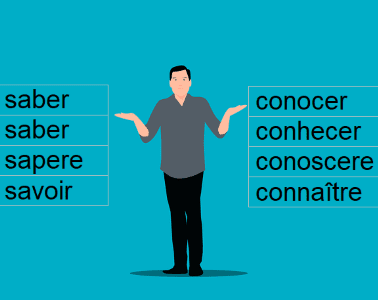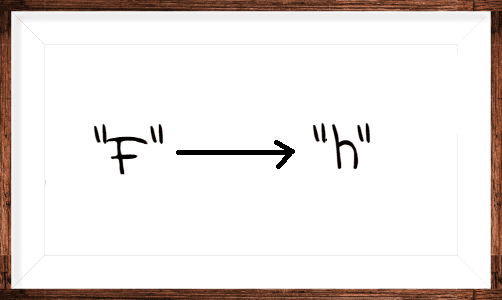What Language is Spoken in Switzerland?
Switzerland, surrounded by the stunning Alps, is famous for its stunning views, delicious chocolates, and diverse cultural history. However, beyond the beautiful scenery, Switzerland also has a unique linguistic aspect. In case you wonder what language is spoken in Switzerland, the country is home to four national languages: German, French, Italian, and Romansh. What language … Read more











